6 GPTs for Geographic Research Powered by AI for Free of 2025
AI GPTs for Geographic Research are advanced artificial intelligence tools designed to support and enhance tasks related to geography and spatial analysis. These tools, based on Generative Pre-trained Transformers, are tailored to sift through vast amounts of geographic data, interpret spatial patterns, and provide insights into various geographical phenomena. Their relevance lies in their ability to handle complex geographic queries, analyze spatial data, and generate content or solutions that are specifically geared towards geographic research, making them indispensable in the field.
Top 6 GPTs for Geographic Research are: 教えて郵便番号 2,Jakarto,GeoGuesser,OSM Query Interpreter,Major City List,Atlantic
教えて郵便番号 2
Instant, AI-Powered Japanese Postal Codes
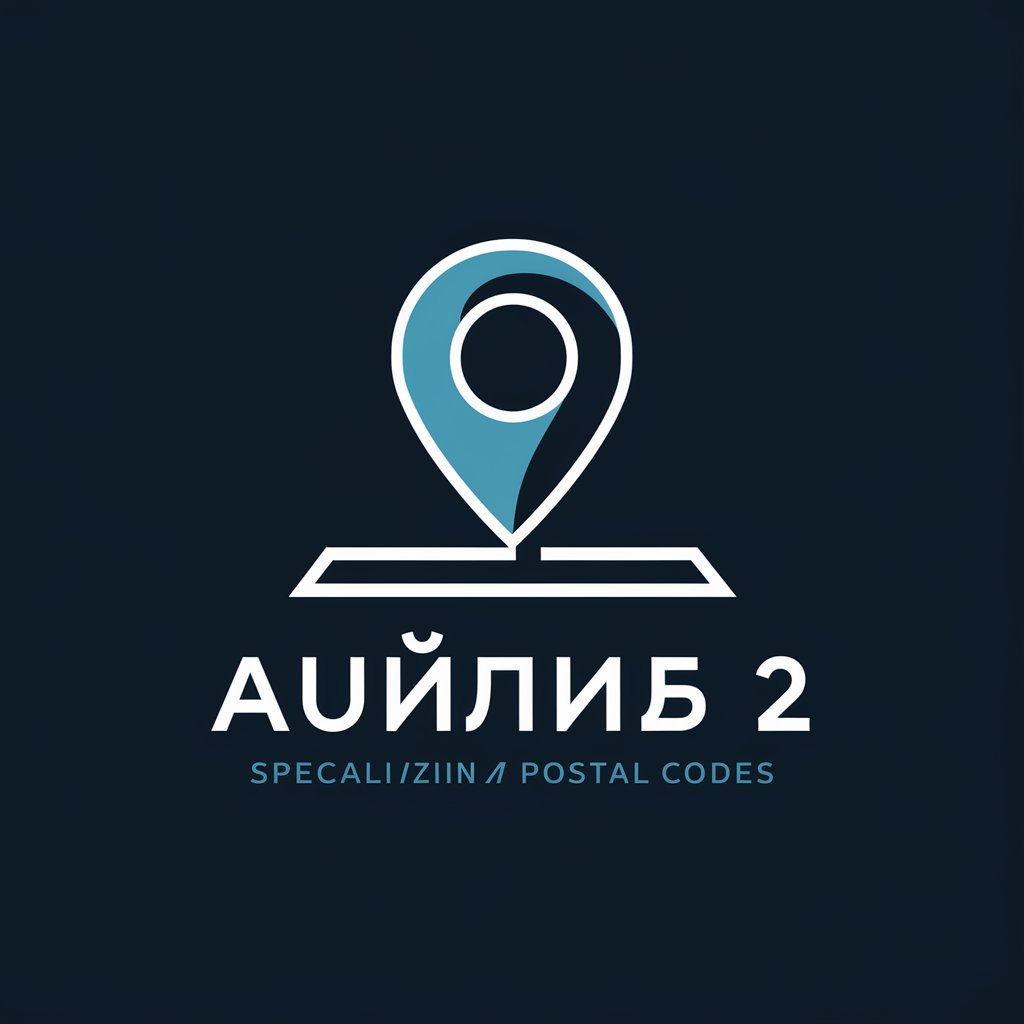
Jakarto
Mapping the future with AI-driven geospatial analysis.
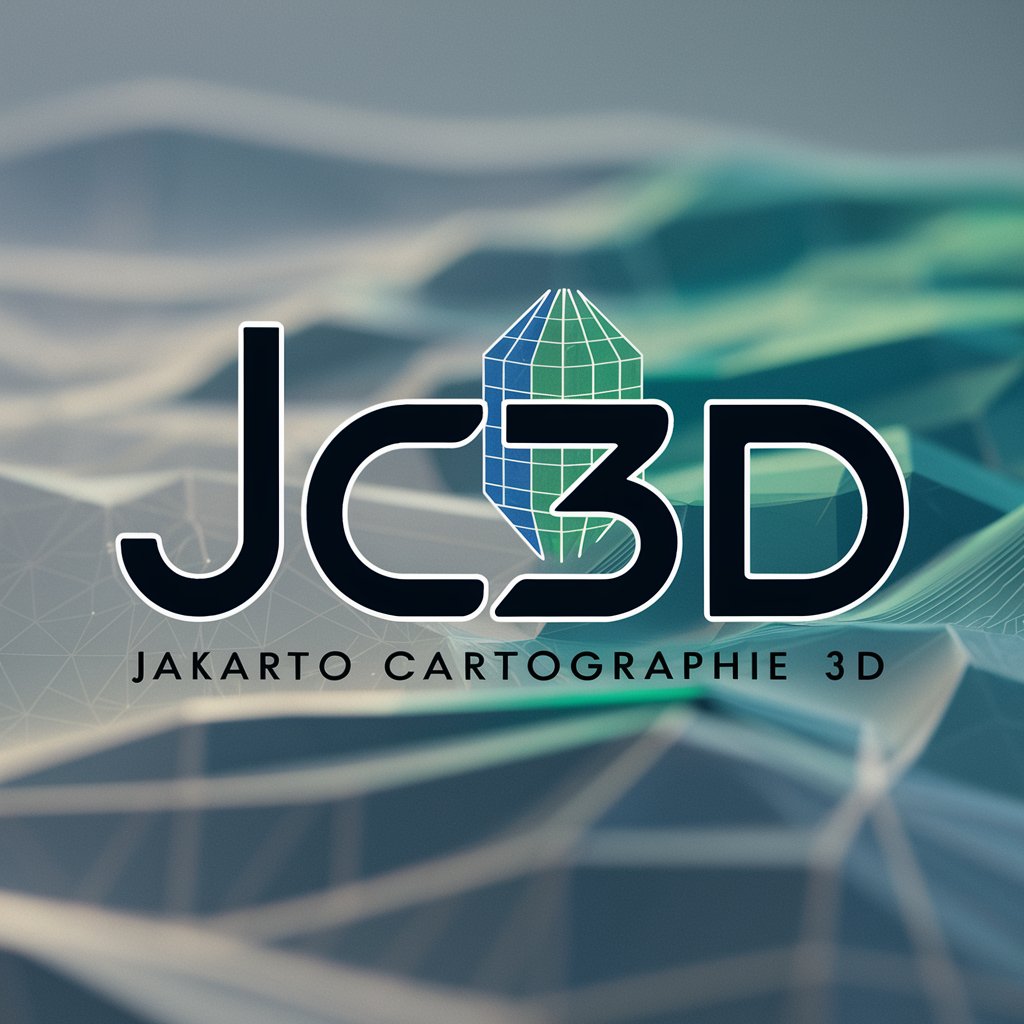
GeoGuesser
Unlock the world with AI-powered exploration.
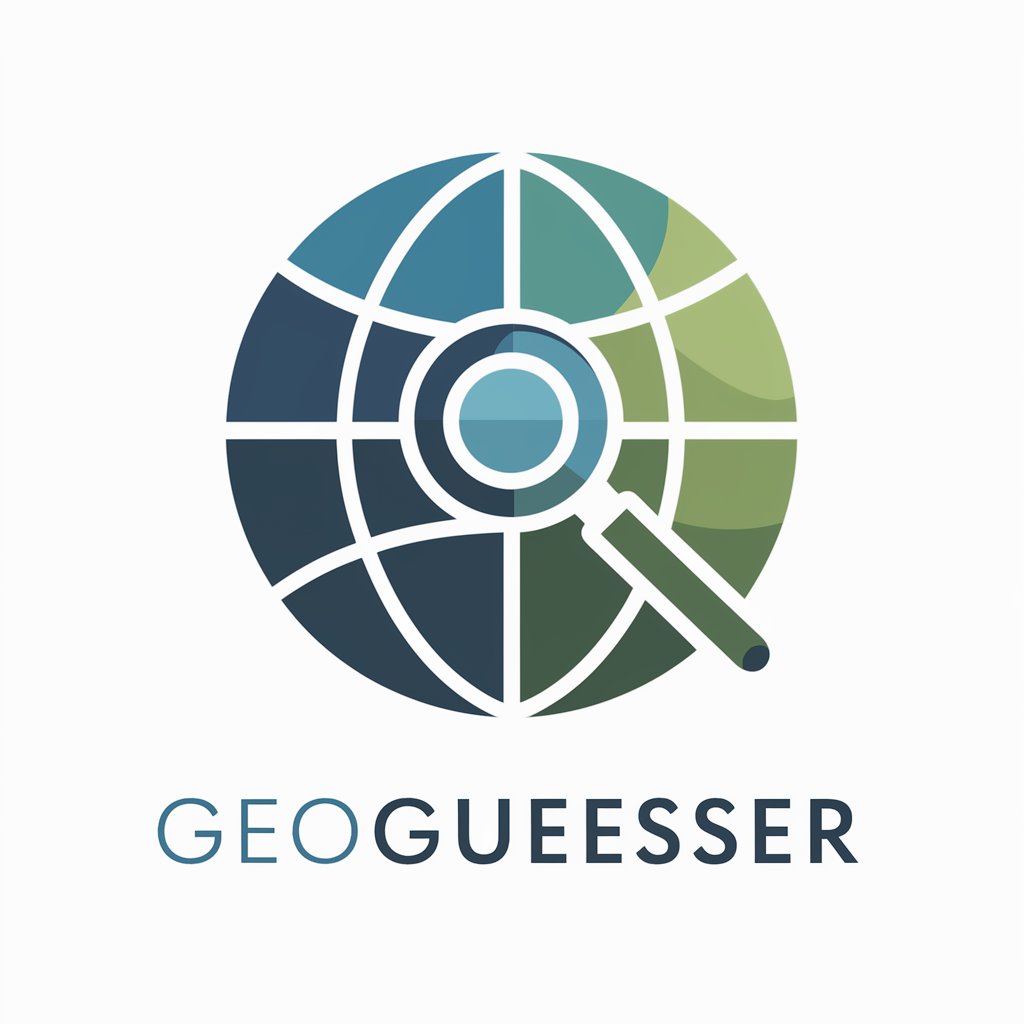
OSM Query Interpreter
Simplify OpenStreetMap Queries with AI
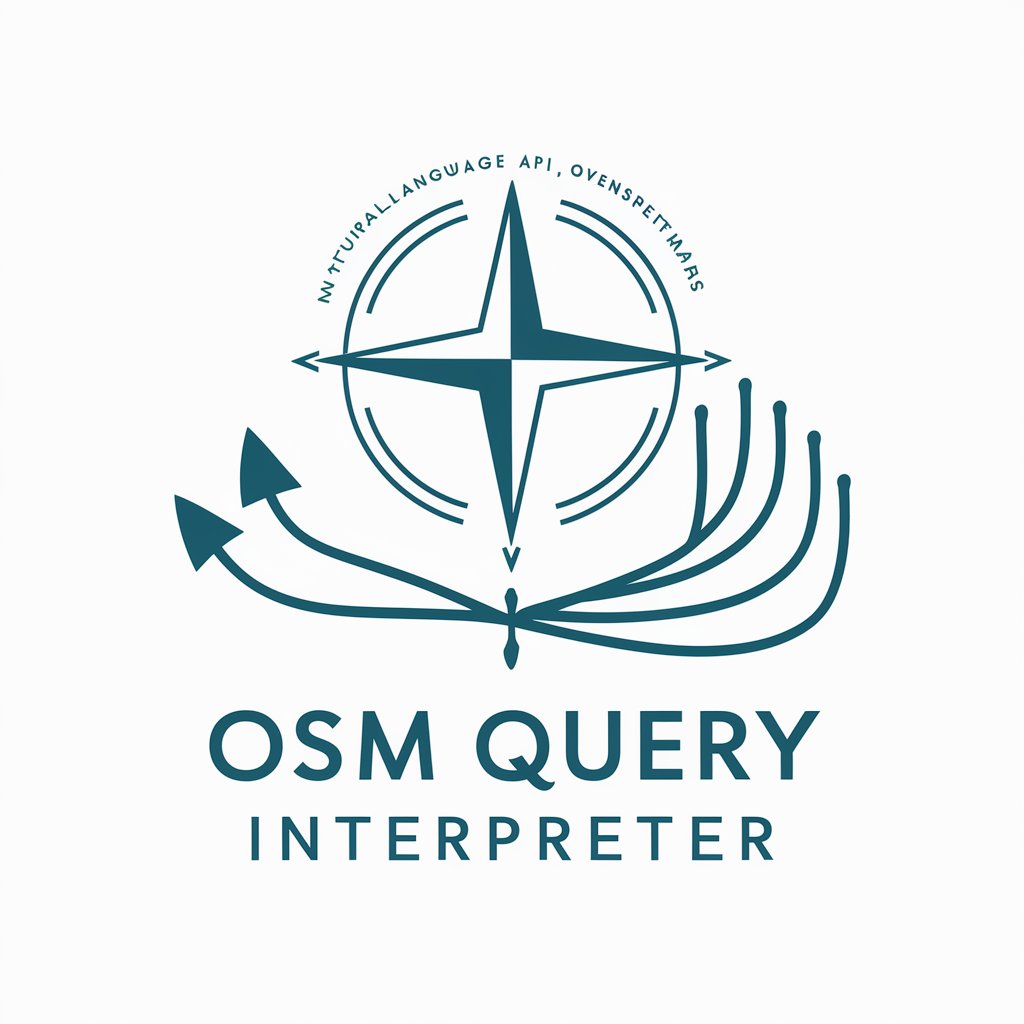
Major City List
Discover major cities nearby with AI
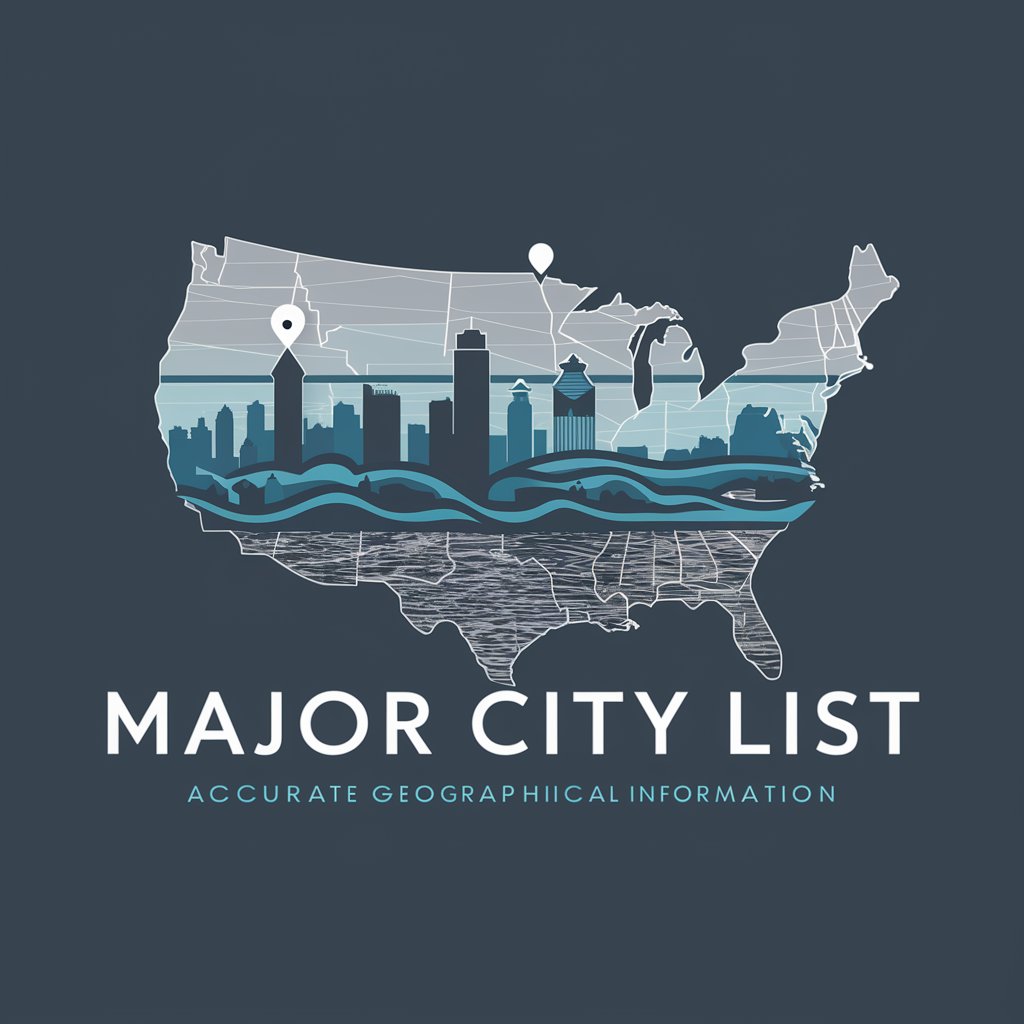
Atlantic
Explore the Depths with AI

Key Attributes and Functions
AI GPTs for Geographic Research come equipped with a suite of unique features tailored to the domain. These include advanced natural language processing capabilities for interpreting and generating geographic content, data analysis tools for spatial data interpretation, and image creation for visualizing geographic information. Additionally, their adaptability spans a range of functions from basic geographic information queries to complex spatial data analysis, making them versatile tools in the field. Special features may also include language learning for multilingual geographic research, technical support for integrating geographic databases, and web searching capabilities for real-time geographic information retrieval.
Who Benefits from Geographic Research AI
The primary beneficiaries of AI GPTs for Geographic Research include geographic information system (GIS) professionals, urban planners, environmental scientists, and researchers in the field of geography. These tools are also accessible to novices with an interest in geographic studies, providing user-friendly interfaces that require no coding skills. For developers and advanced users, they offer customizable programming interfaces, allowing for the creation of specialized applications or the integration of these tools into existing geographic research workflows.
Try Our other AI GPTs tools for Free
Business Logistics
Revolutionize your logistics operations with AI GPTs. Streamline supply chain management with advanced analytics, automation, and predictive insights.
Data Integration
Discover how AI GPTs for Data Integration revolutionize data handling by automating the merging of diverse data sources into a unified system.
Professional Authorship
Discover how AI GPTs for Professional Authorship revolutionize writing with tailored solutions, enhancing creativity, research, and content quality for professionals and novices alike.
Online Learning
Explore how AI GPTs transform online learning with personalized content, interactive support, and adaptable solutions for educators and learners alike.
Multicultural Communication
Explore AI GPTs for Multicultural Communication, bridging global communication gaps with tailored, culturally aware AI technology.
Methodology Clarification
Discover how AI GPTs for Methodology Clarification can transform your approach to complex methodologies with tailored advice, adaptable solutions, and comprehensive support.
Expanding Horizons with AI in Geography
AI GPTs for Geographic Research represent a significant leap forward in the field of geography, offering customizable solutions that cater to a wide spectrum of research needs. Their user-friendly interfaces facilitate ease of use among novices, while offering powerful integration options for professionals. The potential to connect with existing GIS platforms and databases further enhances their utility, making them a versatile asset in geographic studies and spatial analysis.
Frequently Asked Questions
What exactly are AI GPTs for Geographic Research?
AI GPTs for Geographic Research are specialized AI models that leverage the power of Generative Pre-trained Transformers to analyze, interpret, and generate geographic information and solutions.
How do these tools enhance geographic research?
They enhance geographic research by providing advanced data analysis, natural language processing, and visualization capabilities, making it easier to interpret complex spatial data and geographic patterns.
Can non-technical users operate these AI GPTs?
Yes, these tools are designed with user-friendly interfaces that allow non-technical users to perform geographic queries and analyses without needing programming skills.
Are there customization options for developers?
Yes, developers can access customizable programming interfaces to tailor the tools to specific research needs or integrate them into existing systems.
What kind of geographic data can these tools analyze?
These tools can analyze a wide range of geographic data, including spatial datasets, geographic information system (GIS) data, and satellite imagery.
Can these tools generate geographic reports?
Yes, they can generate comprehensive geographic reports, including analysis findings, spatial patterns, and predictive insights.
Do these AI GPTs support multilingual research?
Yes, many of these tools come with language learning capabilities, supporting geographic research in multiple languages.
How do they integrate with existing geographic databases or GIS?
These tools can be configured to interact with existing geographic databases and GIS platforms, allowing for seamless data exchange and analysis.